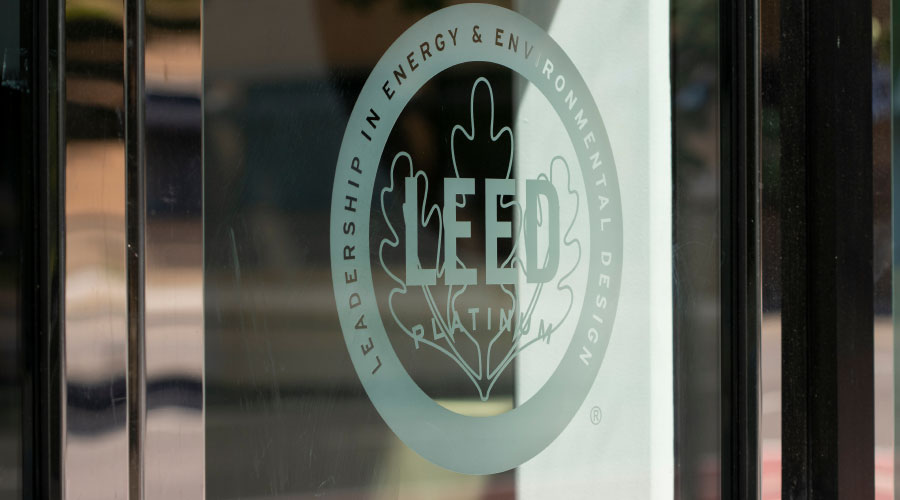Auditing, Retrocommissioning Can Lead to Better Energy Star Score, LEED Success
An audit is a common tactic for identifying and prioritizing the best upgrade opportunities to meet energy savings goals, as well as establishing costs and likely paybacks. Retrocommissioning is another process used to find efficiency opportunities, and both processes can yield good results.
However, efficiency measures identified in auditing or retrocommissioning are not always implemented. In a Lawrence Berkeley National Laboratory study, "Evaluation of Retrocommissioning Persistence in Large Commercial Buildings," just 59 percent of measures recommended were actually implemented.
Common hurdles to getting worthwhile results from an audit include:
- Lack of an accurate equipment inventory
- Lack of as-built drawings (or any drawings) that show the design intent of the building
- Unknown presence of ghost equipment (equipment that is decommissioned and not in use, or in use but not shown on drawings)
- Out-of-date sequence of operations or building operating plan
- Inability to adjust system operations in real-time
- Physical limitations of access to equipment and components
- Limited access to tenant spaces or other key building areas
Best Practices Now
Even if a building cannot reach an Energy Star score of 75, adopting operations best practices can help save energy in any building, and set the stage for a productive audit or retrocommissioning effort at some later point. This might include heightened awareness and commitment to energy savings, development of key building systems documentation, and execution of some basic benchmarking and trending analysis.
A good first step is making sure operations staff has adequate training. The best performing buildings have this in common: The operations staff is open to making changes but also committed to proof of concept or technology, and has a long history with the building. Investment in and retention of key staff are aspects of sustainability and green building that are not emphasized enough. Make sure staff is trained in energy performance metrics and benchmarking processes/tools (including how to use Energy Star), advanced technologies and automation technology, and low-cost upgrades that can be evaluated and implemented by onsite staff (e.g., lighting retrofits).
Second, understand and give routine attention to performance and trends, even with basic tools such as Excel spreadsheets. Sophisticated automation or dashboards aren't as important as having engaged the minds of the operations staff. Goals for basic trend analysis include:
- Recognizing normal and unusual trends
- Troubleshooting causes for anomalous trends
- Establishing the tools and tracking that will allow for regular attention (e.g., access to utility data, and a platform for aggregating and displaying data)
Third, know how to document systems and setpoints. LEED-EBOM EA Prerequisite 1: Energy Efficiency Best Management Practices — Planning, Documentation, and Opportunity Assessment provides a useful framework for collecting and organizing systems information, and is best practice for any building, LEED-rated or not. Inevitably, as building operators start gathering information on systems and set points, they notice opportunities for tweaks that will save energy. Plus, when it's time to do a full-scale audit, all the informational pieces are ready to go.
The four types of documents included in this effort are the systems narrative, building operating plan, sequence of operations and preventive maintenance plan.
Finally, develop a system and the tools to perform ongoing system checks. It's recommended that building engineers be equipped with basic instrumentation that will allow them to do periodic system testing and investigations into subpar performance. Such tools include a light meter (to evaluate areas in the building for excessive lighting), a rotating vane anemometer (useful to verify function of ventilation and exhaust systems), a hand-held infrared thermometer (for taking surface temperature readings), and doughnut-style portable electricity meters (to evaluate loads for specific circuits or end uses).
Related Topics:














